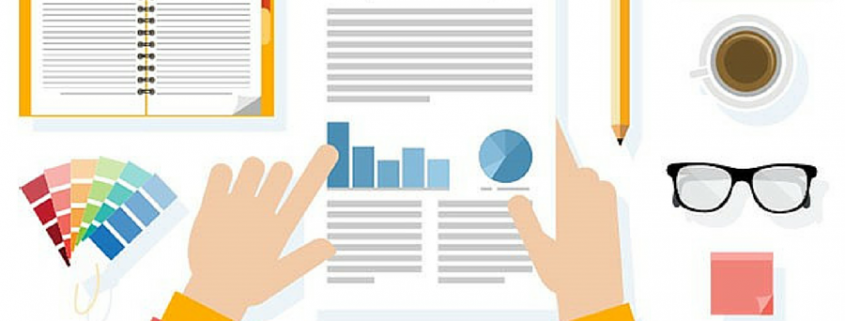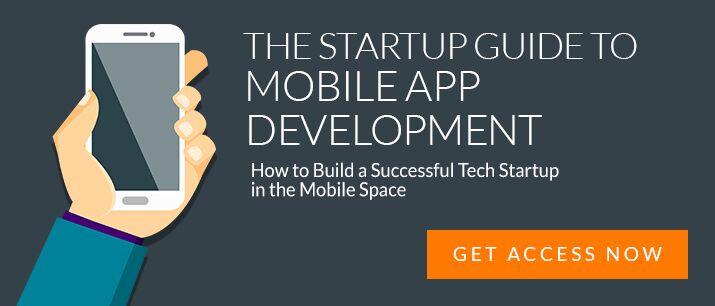How To Detail Your App Requirements To A Developer
Everyday, people come to me at Buzinga with an app idea they are keen to have developed. Their ideas are normally quite looser and there’s always a lot they are unsure of.
So to help you out today, I have written this guide to show you how to build a requirements document for your kick-ass app idea, to give to a mobile app developer.
The first thing you want to do before you approach a mobile app developer is get your core requirements down on paper – documentation is key.
So, how do real mobile app developers build a requirements document?
Well, this takes a bit of practice.
The first thing you want to do is jump on a computer, open a new word doc and save it as “My Killer App Idea” then file it in the “Secret App Ideas” folder < — what, don’t we all have one of those?
Next, name your app. Seriously, even if you haven’t settled on the final name yet. There’s nothing more confusing than when a client refers to their app in 5 different ways.
Ok, now the easy stuff is done, and if you’re still with me then that’s good. Getting into more detail now, so prepare yourself… This is about to get crazy…
Getting into the thick of it
Let’s kick this off by highlighting some of the key features.
What are they? Well it depends on the app of course.
- Does it require a database to store information?
- Will you need an admin panel to edit information or flag users?
- Will it incorporate social media integration?
- What about other social connectivity?
Just jot down the key features as you think of them. You don’t have to finish the list right away. But try to get down 4-5 key features.
Who is your target audience?
Most mobile app developers don’t have any clue about marketing.
So you may need to highlight the target audience as well so that the app developer understands who the app is being developed for.
This goes double for the UI/UX designer.
How do you identify your target audience? Read this to get clear.
Initial Plans
What are the initial plans of development. What platforms do you want to develop your application on?
A lot of mobile app developers will encourage you to develop on all platforms at once, however in most cases you would only want to develop on one platform first.
Then, you can port across to another platform once the code is complete or you have proven your concept.
Future Plans
It’s important to bring to attention your future plans and intentions with your project. This let’s the mobile app developer know what might be needed in the future and lets them to code the application to easily allow for that later on down the line.
Highlighting your future plans can save you bucket-loads.
Highlight things like:
- future improvements
- platforms that you want to develop on
- back end systems that may need to be developed later.
It all helps…
Reference Applications
Mobile app developers love it when you reference an application (or two) for them to work from, or draw ideas from.
Obviously copying is never an option however there’s nothing wrong with drawing inspiration from some of the more successful applications.
The Users
Identify all the users of the application as in, if there are more than one type of user then they need to be highlighted.
For example, Facebook has Profile Users and Page Users. There is a hazy line between the two but that stuff can be sorted out later.
Focus mainly on what the different users can do.
Monetisation
Every app needs to make money somehow, otherwise it just becomes a really expensive and time consuming hobby.
A smart mobile app developer knows how to make money from users in the best way possible. What do I mean with that? Well, depending on the app, you need to identify the best way to make money from it. Read this article on how mobile app developers make money from apps.
Finished? …so soon!
I don’t expect that you will have written a book with the information that I’ve given you, but it’s a good start!
This will help a lot in the long run, no matter who you decide to work with.
Have a crack at it. My average sized document for a basic Project Overview is 10 x A4 pages, but I go into a LOT of detail.
If you can punch out 3-5 pages of good content for a mobile app developer to read…well, you’re one step closer.
Latest posts by Logan Merrick (see all)
- Ep 18: Collective Campus’ CEO on Intrapreneurship and Corporate Innovation - December 20, 2016
- 50 User Engagement Strategies For Planning Memorable Mobile Experiences - December 19, 2016
- Latest Data: App Monetisation Trends And Drivers 2015-2020 - November 25, 2016




